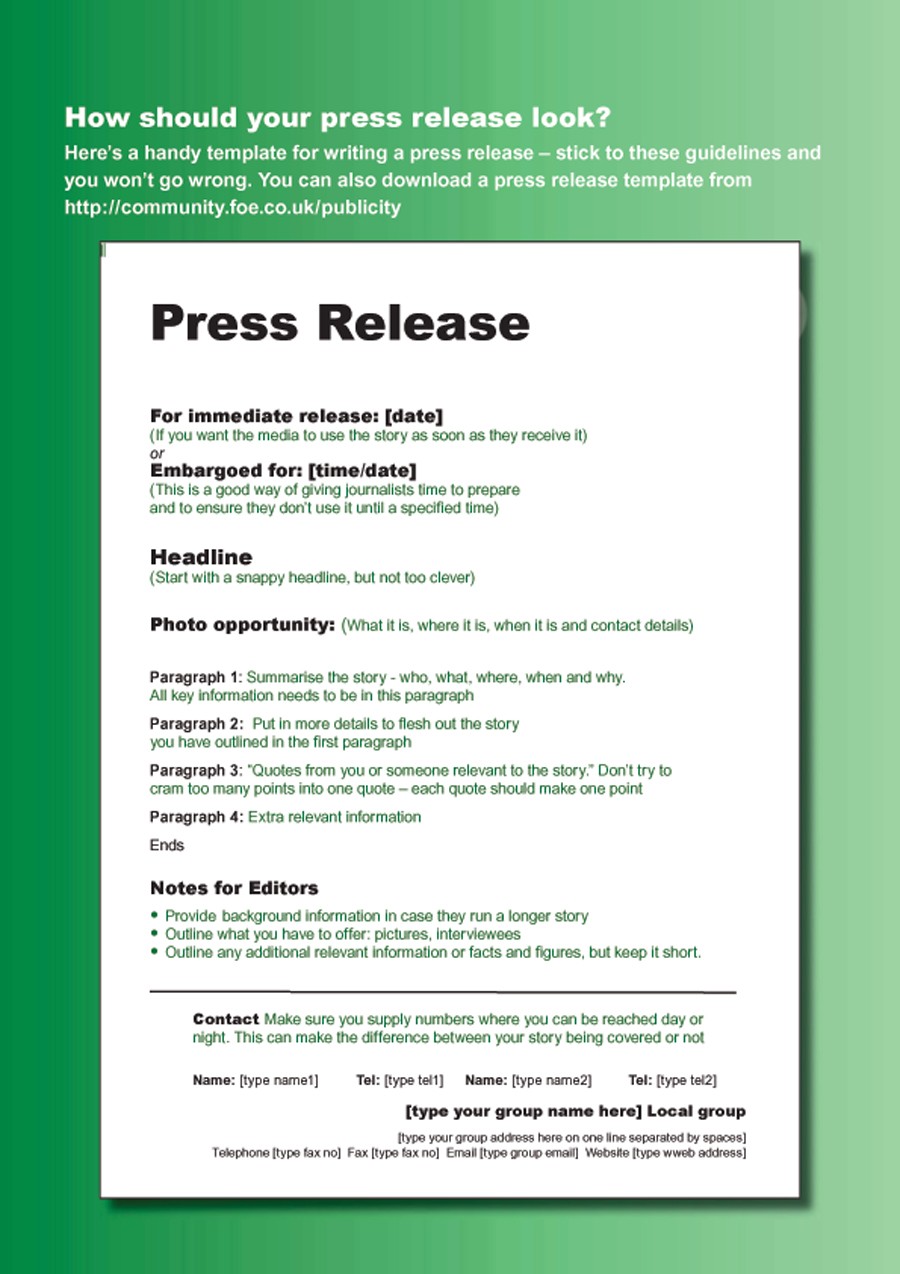How Long Is A Press Release

Breaking news: The optimal length of a press release remains a critical concern for PR professionals and businesses seeking effective media coverage. Industry standards dictate concise communication, but nailing the perfect word count is an ongoing challenge.
This article cuts through the ambiguity, providing definitive guidance on press release length based on expert opinions and industry best practices. Understanding these guidelines is crucial for maximizing media engagement and ensuring your message resonates.
The Ideal Length: Striking the Balance
So, how long should a press release be? The consensus leans towards brevity. Aim for a single page, typically between 400 and 500 words.
Longer isn't necessarily better. Journalists are inundated with information; a concise, well-structured release is more likely to grab their attention.
Why Brevity Matters
Time is of the essence. Reporters are on tight deadlines, making a succinct press release invaluable.
A shorter release increases readability. Focus on the most crucial information, avoiding unnecessary jargon or fluff.
Ultimately, relevance is key. Every word should contribute to the core message, ensuring clarity and impact.
The Anatomy of a Concise Press Release
Start with a strong headline. It should immediately convey the news and pique the reader's interest.
The lead paragraph is crucial. Summarize the key information – who, what, where, when, why, and how – in a compelling and concise manner.
Include supporting details and quotes from relevant individuals. Keep these concise and impactful, adding credibility and perspective.
Format the release clearly. Use short paragraphs, bullet points, and headings to enhance readability and make key information easily accessible.
Data-Driven Insights: What the Numbers Say
Studies show that shorter press releases often perform better. A recent analysis of hundreds of press releases revealed a correlation between conciseness and media pickup rates.
Specifically, press releases under 500 words demonstrated a higher likelihood of being covered by news outlets. This suggests that journalists prefer easily digestible information.
However, length isn't the only factor. The quality of the content and the relevance of the news are equally important.
Avoiding Common Pitfalls
Don't bury the lead. Ensure the most important information is presented upfront, not hidden within lengthy paragraphs.
Avoid jargon and technical terms. Use clear, accessible language that a general audience can understand, unless specifically targeting a niche industry.
Proofread carefully. Grammatical errors and typos detract from credibility and can deter journalists from covering your story.
Resources for Further Guidance
Several organizations offer guidance on press release best practices. Consider consulting resources from the Public Relations Society of America (PRSA) or other industry associations.
These resources often provide templates and guidelines that can help you craft effective and concise press releases.
Utilize online tools and editing services to refine your writing and ensure clarity.
Next Steps: Optimizing Your Press Release Strategy
Refine your press release writing skills. Practice crafting concise and compelling narratives that capture the essence of your news.
Analyze the performance of your press releases. Track media coverage and engagement metrics to identify what works and what doesn't.
Remember that the optimal length is just one piece of the puzzle. Relevance, quality, and effective distribution are equally important for achieving media coverage.

![How Long Is A Press Release How to Create a Press Release Format in 2024 [+Examples]](https://ecampusontario.pressbooks.pub/app/uploads/sites/340/2016/08/FullSizeRender-11.jpg)
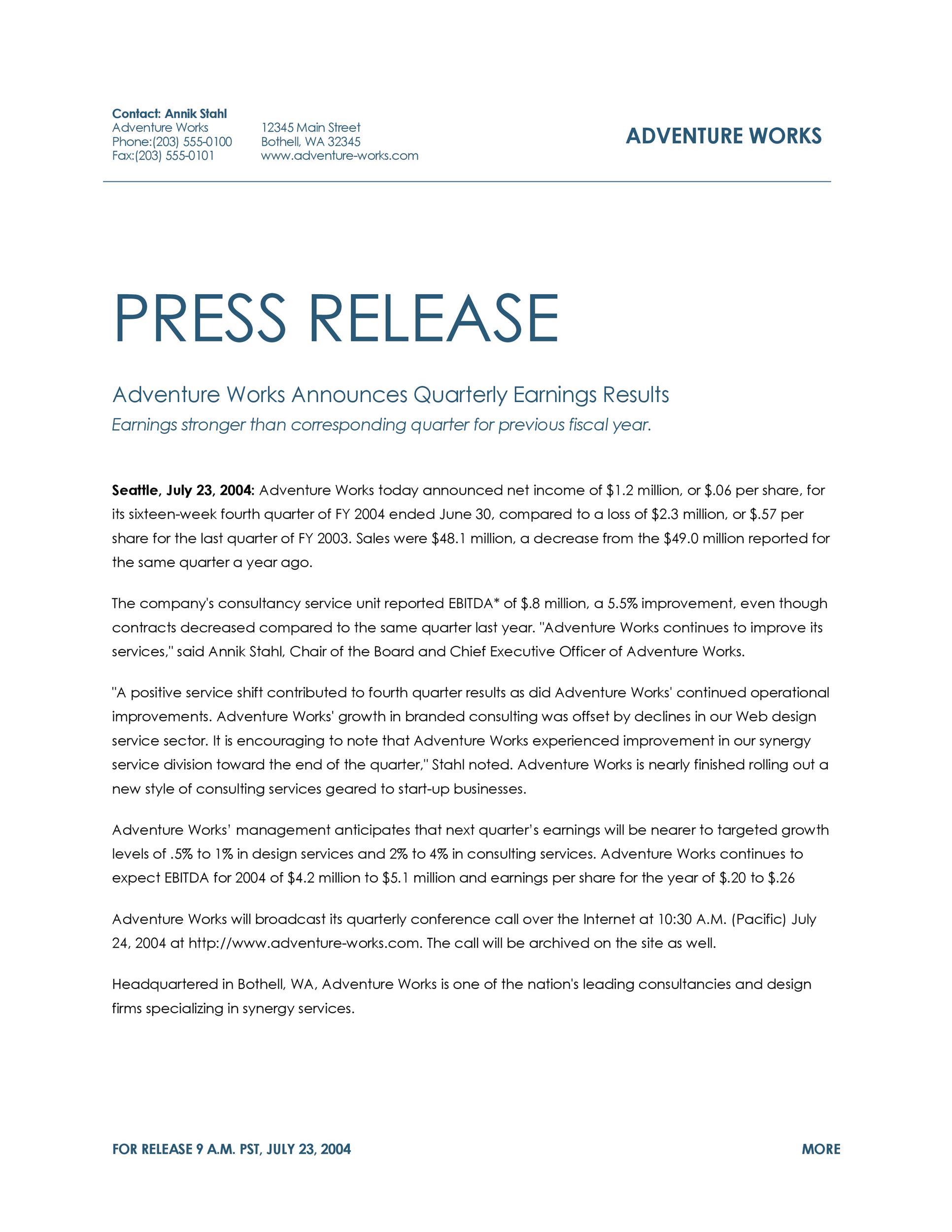

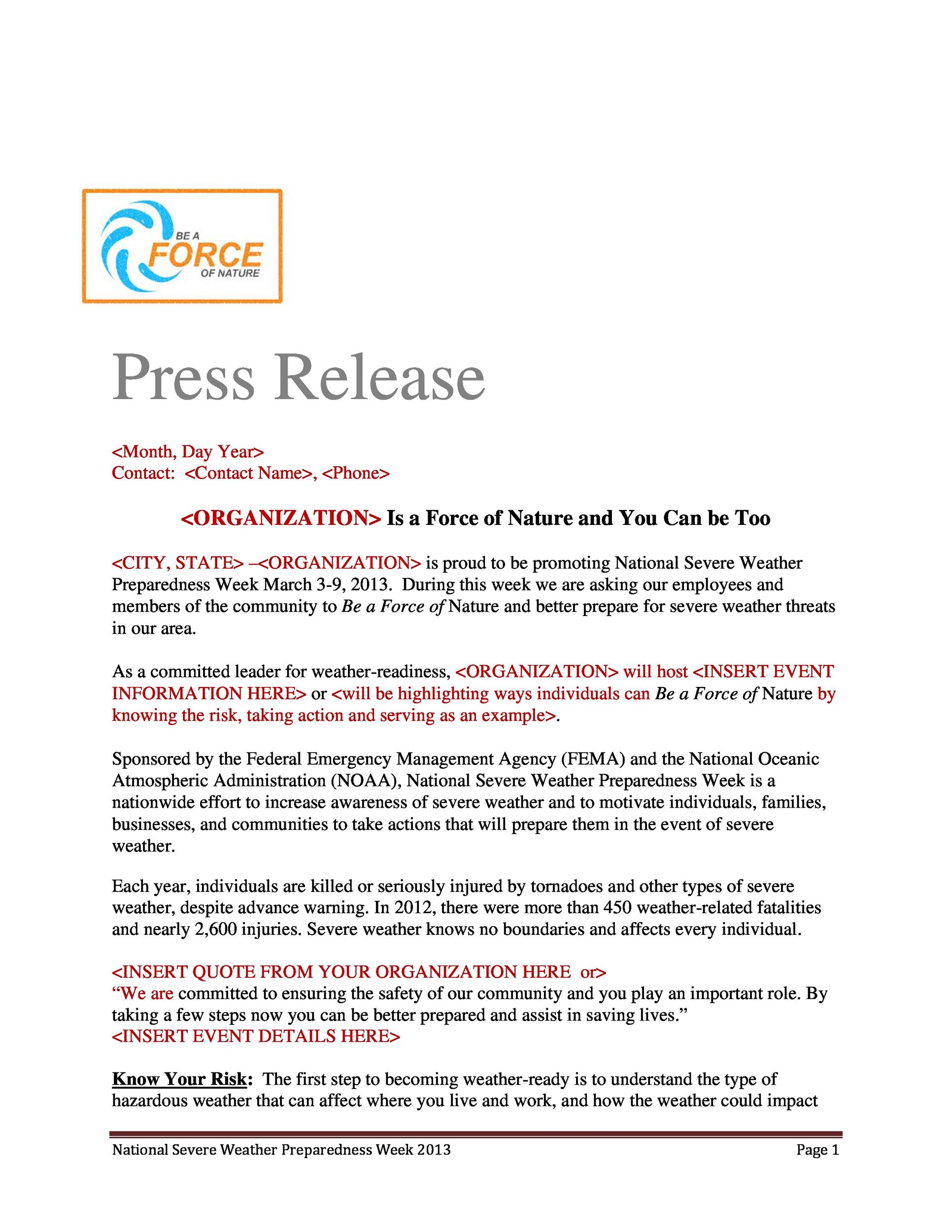

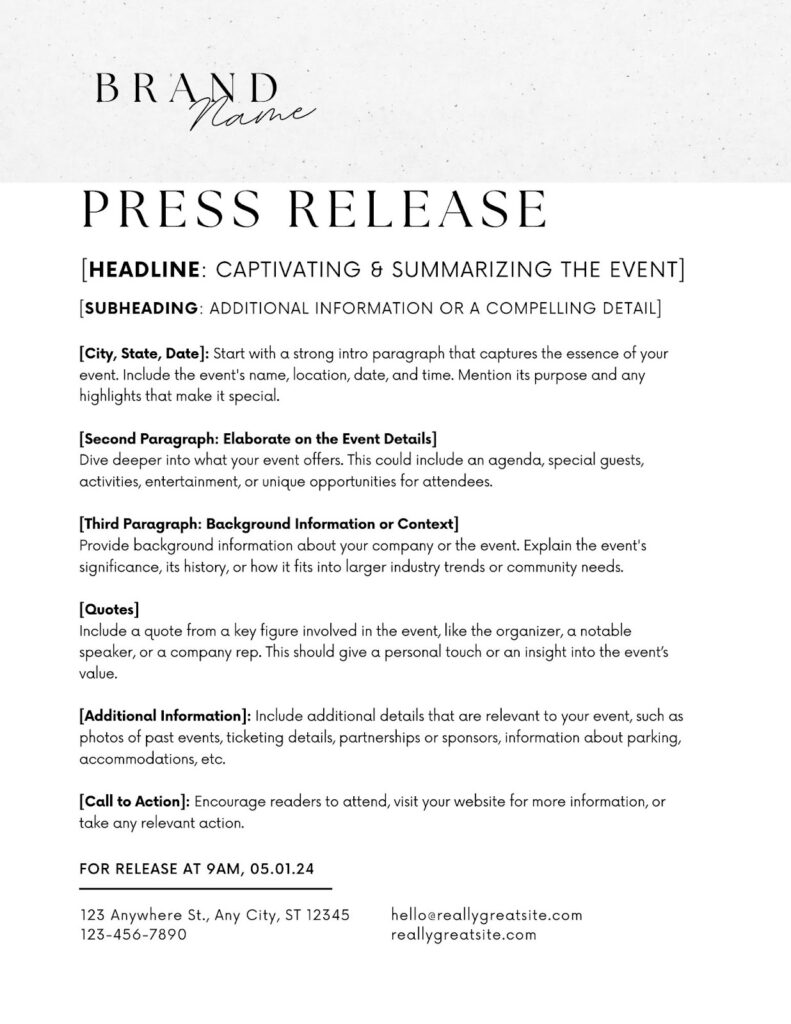
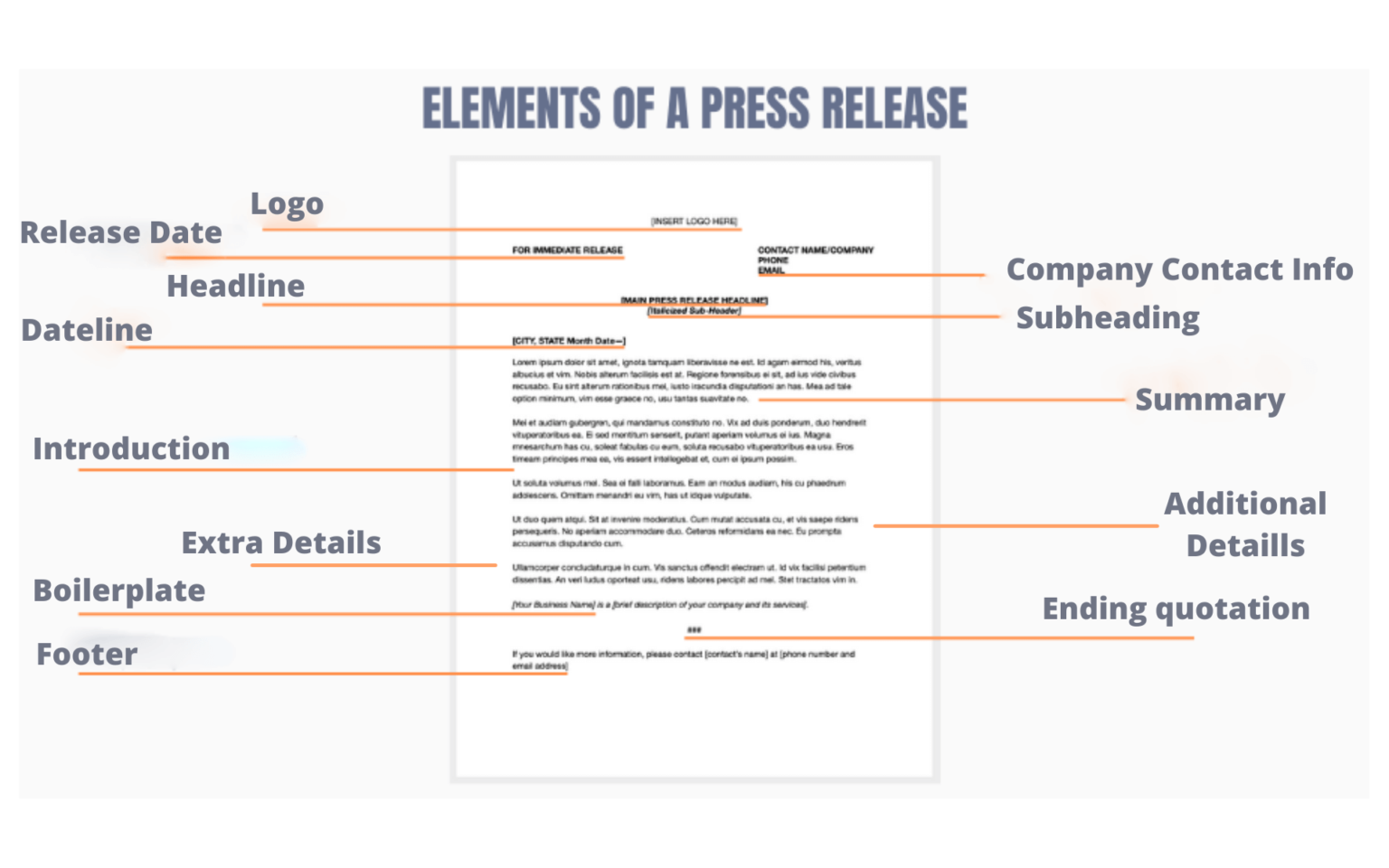
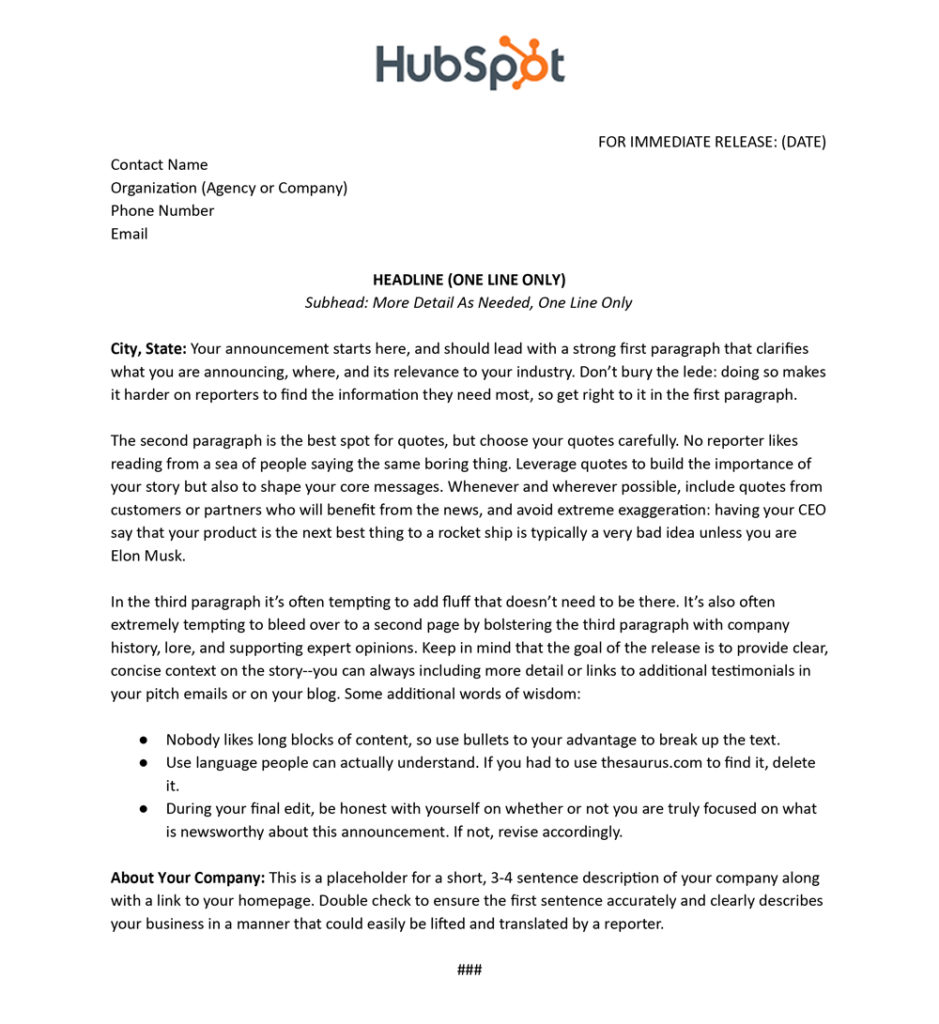
![How Long Is A Press Release How to Write a Company Award Press Release [+Template]](https://intelligentrelations.com/wp-content/uploads/2022/11/How-to-format-a-press-release-infographic-4-1024x932.webp)
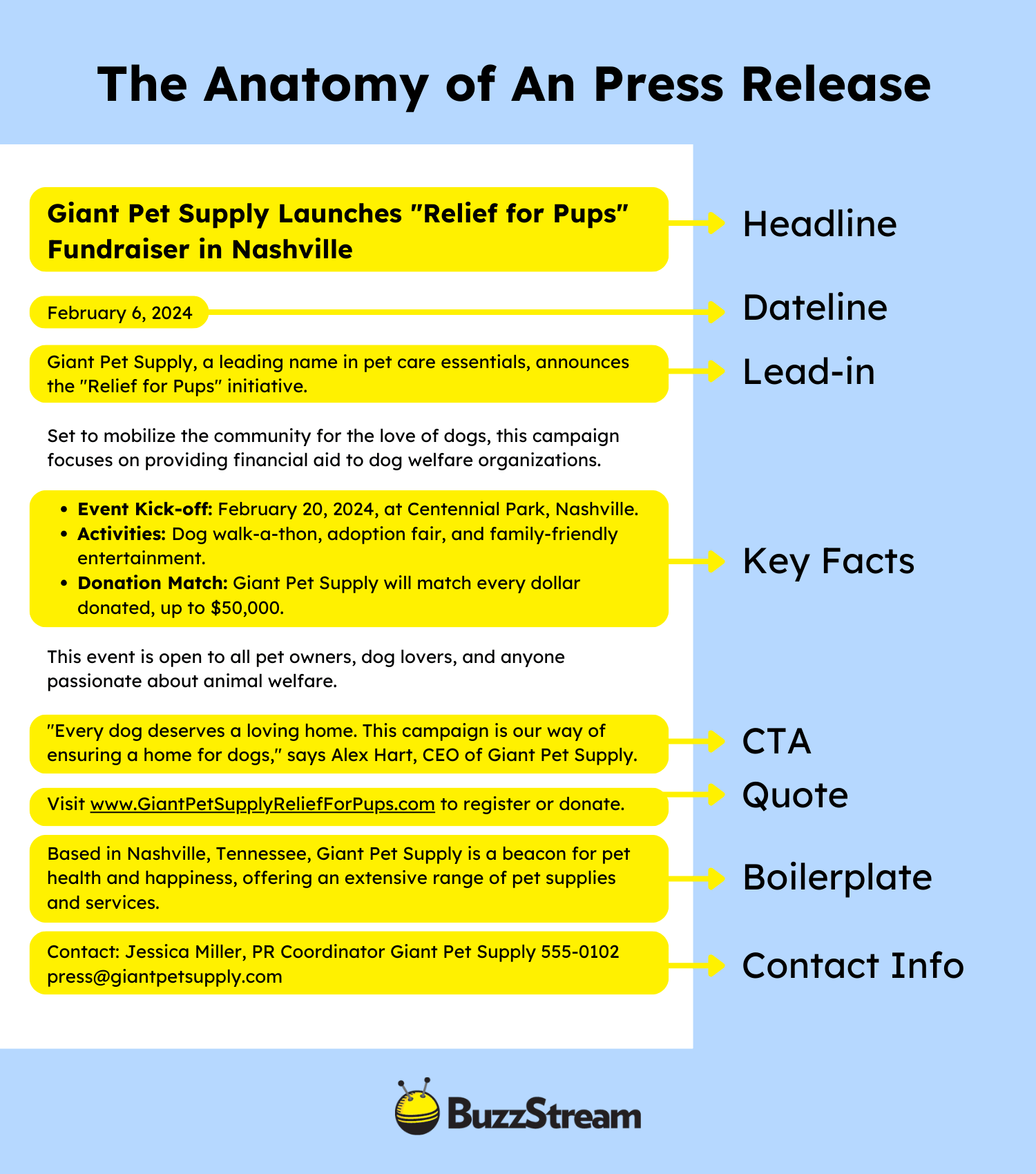
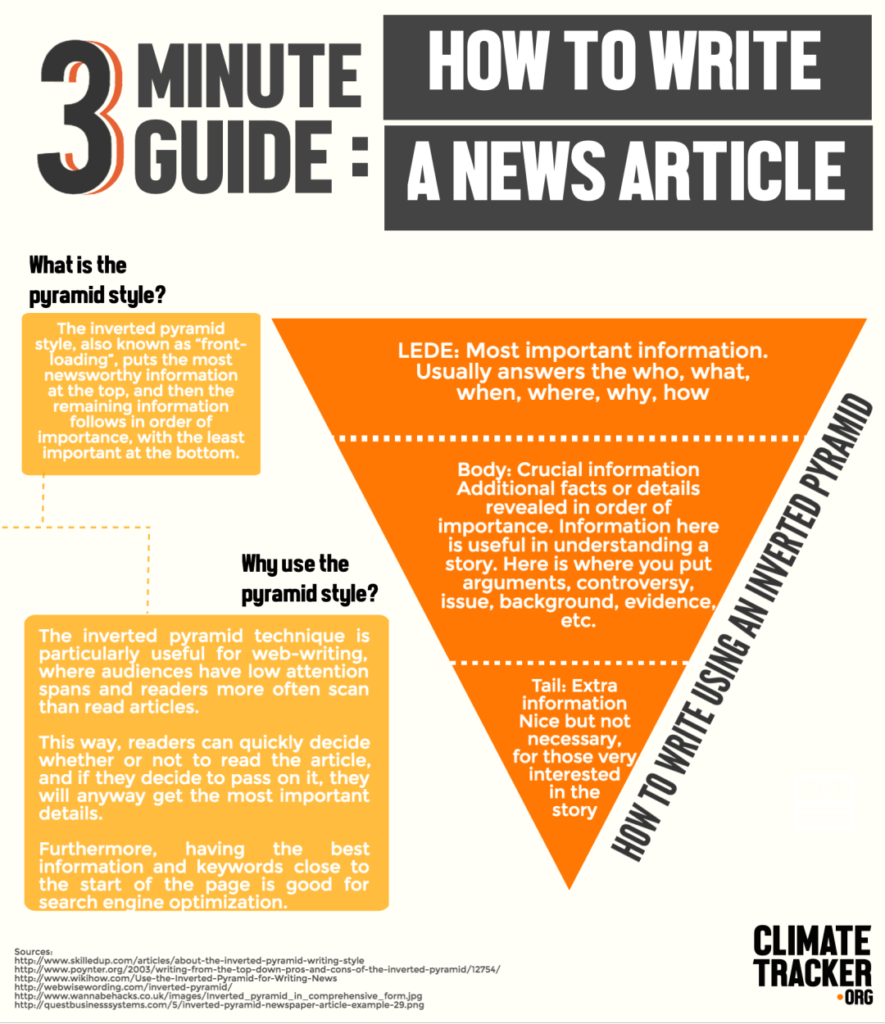

![How Long Is A Press Release 32 Free Press Release Templates [Writing Guide & Tips]](https://www.wordtemplatesonline.net/wp-content/uploads/2022/01/01_Page_1.png)
![How Long Is A Press Release 5 Tips to Write a Killer Press Release [+ Free Template] - Zen Media](https://zenmedia.com/wp-content/uploads/2022/07/press-release-template-819x1024.jpg)
![How Long Is A Press Release How to Send a Press Release by Email to Journalists [Example]](https://prowly.com/magazine/app/uploads/2019/05/Media-pitch-example-Semrush.png)
